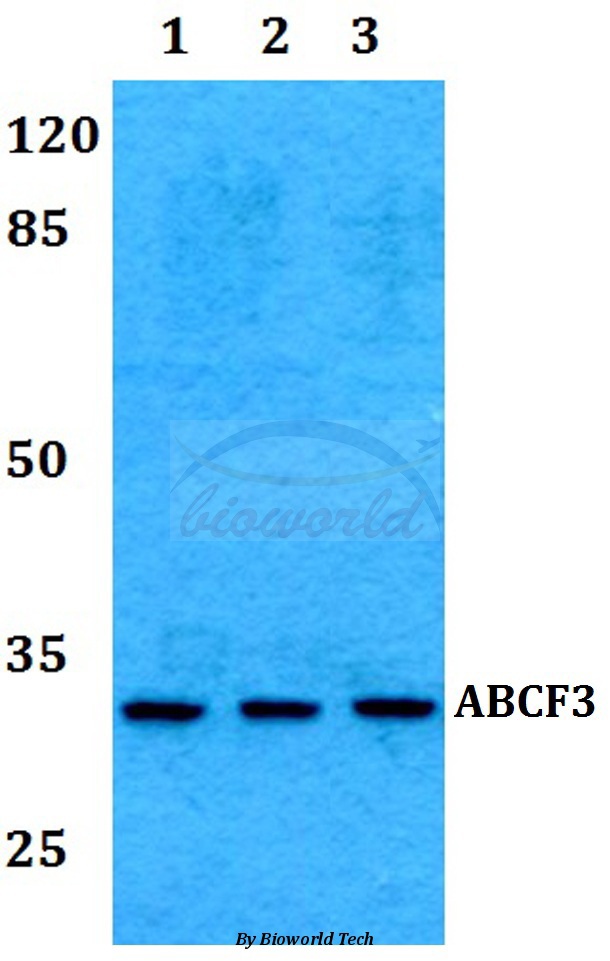
Western blot All lanes: Cell cycle checkpoint protein RAD1 antibody at 6ug/ml + NIH/3T3 whole cell lysate Secondary Goat polyclonal to rabbit IgG at 1/10000 dilution Predicted band size: 32, 28, 8 kDa Observed band size: 32 kDa
RAD1 Antibody
CSB-PA019252ESR1HU
ApplicationsWestern Blot, ELISA, ImmunoHistoChemistry
Product group Antibodies
ReactivityHuman
TargetRAD1
Overview
- SupplierCusabio
- Product NameRAD1 Antibody
- Delivery Days Customer20
- ApplicationsWestern Blot, ELISA, ImmunoHistoChemistry
- CertificationResearch Use Only
- ClonalityPolyclonal
- ConjugateUnconjugated
- Gene ID5810
- Target nameRAD1
- Target descriptionRAD1 checkpoint DNA exonuclease
- Target synonymsHRAD1, REC1, cell cycle checkpoint protein RAD1, DNA repair exonuclease REC1, DNA repair exonuclease rad1 homolog, RAD1 checkpoint clamp component, RAD1 homolog, cell cycle checkpoint protein Hrad1, checkpoint control protein HRAD1, exonuclease homolog RAD1, rad1-like DNA damage checkpoint protein
- HostRabbit
- IsotypeIgG
- Protein IDO60671
- Protein NameCell cycle checkpoint protein RAD1
- Scientific DescriptionComponent of the 9-1-1 cell-cycle checkpoint response complex that plays a major role in DNA repair. The 9-1-1 complex is recruited to DNA lesion upon damage by the RAD17-replication factor C (RFC) clamp loader complex. Acts then as a sliding clamp platform on DNA for several proteins involved in long-patch base excision repair (LP-BER). The 9-1-1 complex stimulates DNA polymerase beta (POLB) activity by increasing its affinity for the 3-OH end of the primer-template and stabilizes POLB to those sites where LP-BER proceeds; endonuclease FEN1 cleavage activity on substrates with double, nick, or gap flaps of distinct sequences and lengths; and DNA ligase I (LIG1) on long-patch base excision repair substrates. The 9-1-1 complex is necessary for the recruitment of RHNO1 to sites of double-stranded breaks (DSB) occurring during the S phase. Isoform 1 possesses 3->5 double stranded DNA exonuclease activity.
- ReactivityHuman
- Storage Instruction-20°C or -80°C
- UNSPSC41116161




